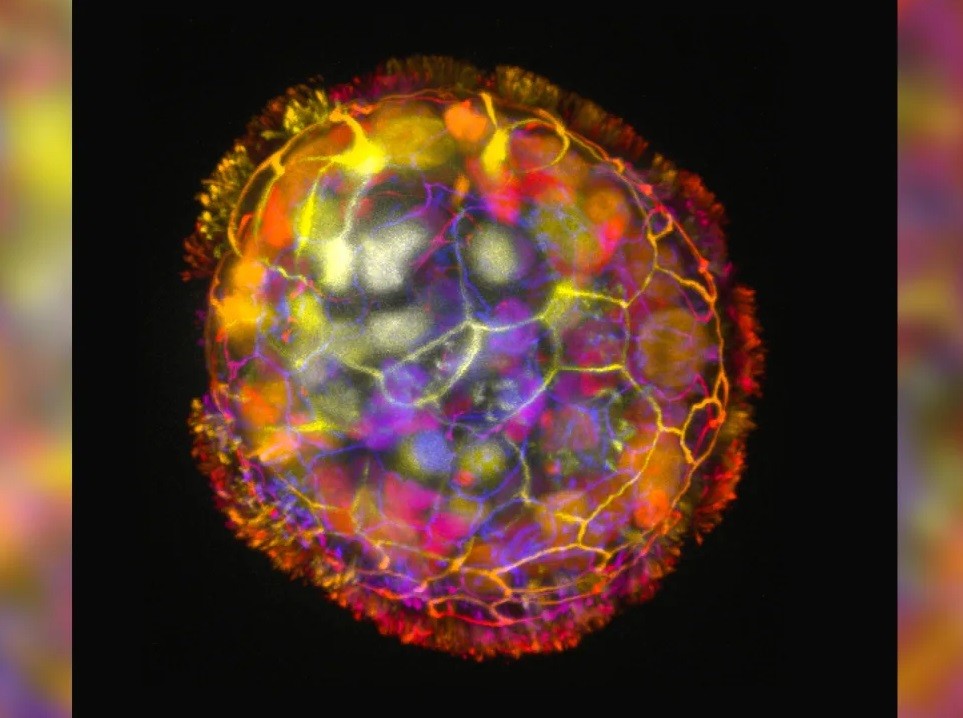02/12/2023
02/12/2023

NEW YORK, Dec 2: In a groundbreaking development, scientists have successfully engineered miniature robots composed of human cells, known as 'anthrobots,' demonstrating a remarkable capability to repair damaged neural tissue. Crafted using human tracheal cells, these anthrobots hold promising prospects for future applications in personalized medicine.
Alex Hughes, a bioengineer from the University of Pennsylvania in Philadelphia, describes the research as paving the way for "tissue engineering 2.0," enabling synthetic control over various developmental processes.
The journey to anthrobots began with developmental biologist Michael Levin and his team at Tufts University in Medford, Massachusetts, who had previously created tiny robots using clumps of embryonic frog cells, known as 'xenobots.' However, these xenobots faced limitations in medical applications due to their non-human origin and the manual shaping required. The researchers have now introduced a transformative approach by developing self-assembling anthrobots and exploring their therapeutic potential using human tissue cultivated in the laboratory. The findings are published in the journal Advanced Science.
To create anthrobots, Levin and his team grew spheroids of human tracheal skin cells in a gel for two weeks. Subsequently, the clusters were transferred to a less viscous solution for an additional week. This induced the movement of tiny hairs on the cells, called cilia, to the outer surface of the spheroids, acting as oars. The resulting anthrobots, each comprising a few hundred cells, demonstrated diverse swimming patterns, including straight lines, circles, arcs, and chaotic movements.
In a significant therapeutic experiment, multiple anthrobots were placed in a small dish, leading to their fusion into a 'superbot.' Placed on a layer of scratched neural tissue, this superbot exhibited an unexpected capability to completely heal the sheet of neurons within three days. Study co-author Gizem Gumuskaya, a developmental biologist at Tufts, highlighted the surprise that the anthrobot cells accomplished this repair without the need for any genetic modification. She notes, "It’s not obvious that you’re going to get that kind of response."
Looking ahead, Levin, Gumuskaya, and their team envision potential applications for anthrobots made from an individual's own tissue, including clearing arteries, breaking up mucus, or delivering drugs, with or without genetic engineering. Additionally, by integrating multiple cell types and exploring various stimuli, the researchers speculate the development of biobots—robots crafted from biological material—with potential uses in sustainable construction and space exploration.
Levin emphasizes that understanding the capabilities of cell collectives opens avenues not only for stand-alone anthrobots but also for advancing regenerative medicine, including the prospect of regrowing limbs.


